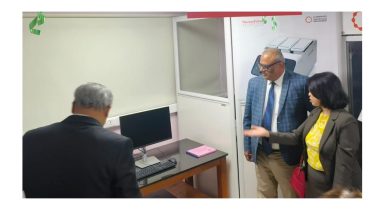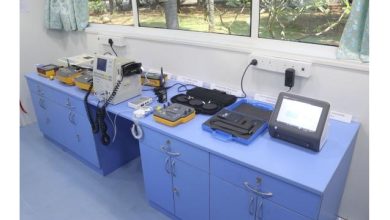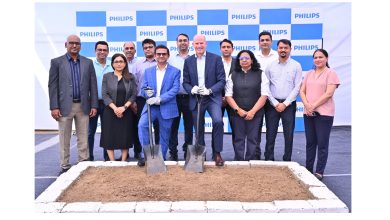Ill effects of permanent pacemaker, a life saving procedure- is there a way out? HIS BUNDLE PACING: the perfect solution
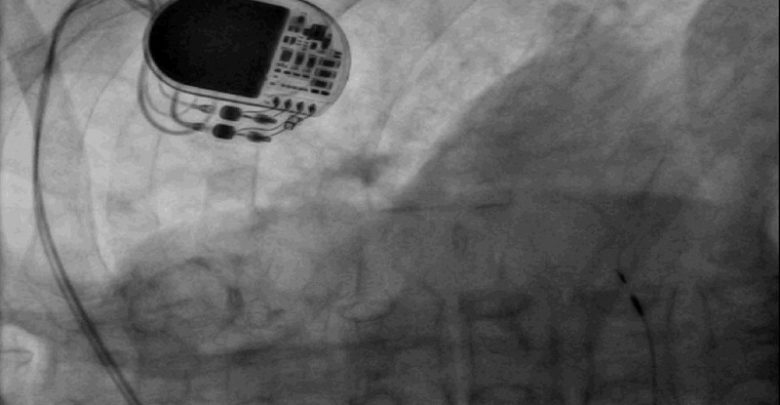
The article is written by Dr Prakash V S, Head of cardiology- Ramaiah Narayana heart centre. Ramaiah Medical College, Bengaluru, India
Permanent Pacemaker implantation is a life saving procedure for many who suffer from very slow heart rates which could eventually lead to cardiac arrests and deaths.
The standard practice in vogue is to implant the most important lead ie the ventricular lead in the right ventricle, predominantly in the apical region.
Right ventricular pacing is associated with an increased risk of death, heart failure hospitalization (HFH), and increased risk of developing atrial fibrillation a leading cause of stroke in the middle aged and the elderly.
Permanent His bundle pacing gives implanters the ability to avoid causing ventricular dyssynchrony in patients dependent on ventricular pacing as it activates the ventricles through the normal electrical conduction system and can also provide an alternative means to implementing cardiac resynchronization therapy ( a curative procedure to reverse heart failure in patients with bundle branch disease and congestive heart failure).
Through the left cephalic venous cut down, two leads 4 Fr HIS (RV) active fixation positioned in HIS and 7 Fr active fixation lead positioned in RA appendage. HIS pacing revealed narrow QRS on surface ECG and pacing spike to V interval = HV interval confirmed His Bundle pacing.
ECG, IMAGE (image attached)
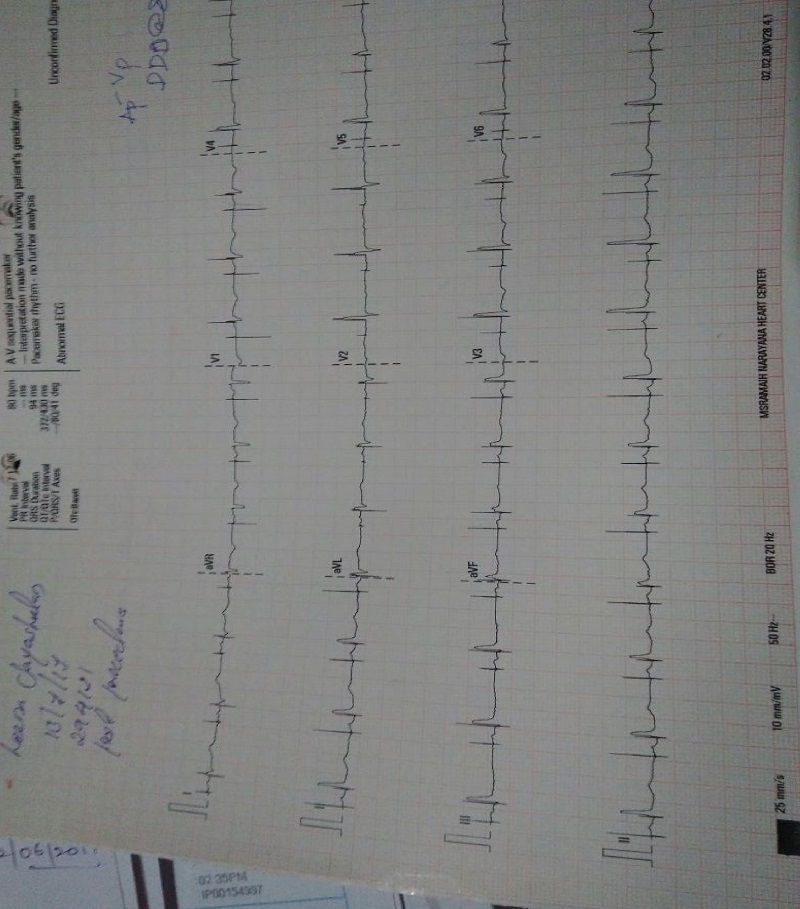
Results: Pure HB pacing where stimulus to ventricular activation is equal to the intrinsic HV interval and paced QRS morphology is identical to the intrinsic QRS complex is termed as selective HB pacing. The patients tolerate the procedure extremely well. The procedure is associated with a steeper learning curve but can be perfected ensuring no lead dislodgements which is considered to be a major limiting factor.
Conclusions: Routine permanent His bundle pacing is feasible and associated with a lower risk of heart failure. HBP can be successfully performed in patients with nodal block and intra-His AV block. HBP can correct chronic left and right bundle branch block. Chronic frequent RV apical pacing has been shown to result in long term adverse clinical outcomes. Alternate site RV pacing has not shown any significant promise over RV apical pacing.
BiV pacing involves additional hardware and has shown equivocal benefits over RV apical pacing in patients with preserved or mildly reduced LV systolic function and who require ventricular pacing, in the absence of underlying bundle branch block . Permanent His bundle pacing is physiological in nature and holds promise for the future.


